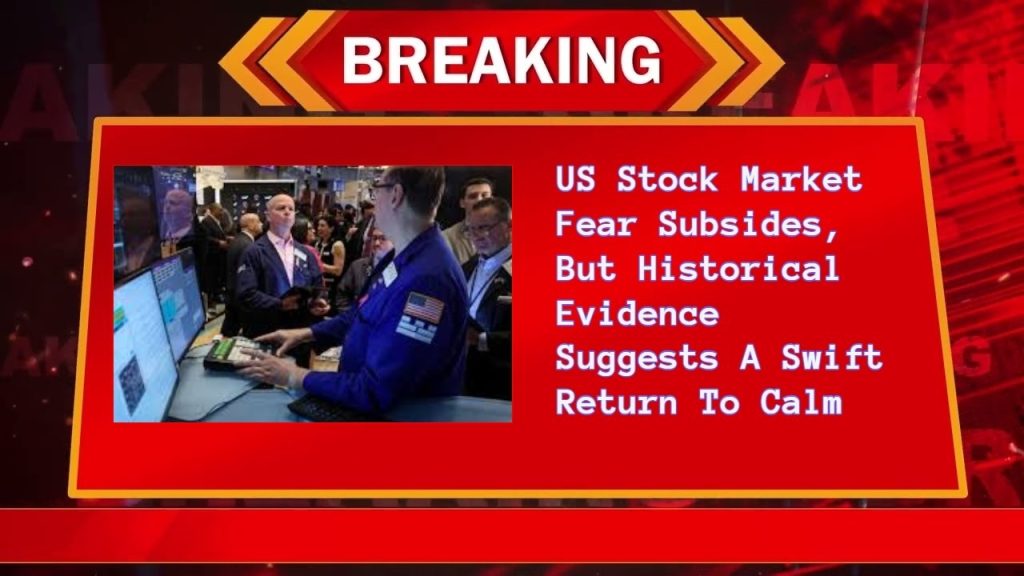After a spike in U.S. stock volatility last week, panic seems to have subsided, but if past performance is any indication, markets could stay nervous for months.
The Cboe Volatility Index (.VIX), which is Wall Street’s most widely watched indicator of investor worry, has quickly reduced after closing at a four-year high last week and equities have soared back after the worst decline of the year.
The VIX is currently hovering around 20, well below the level of 38.57 on August 5. Meanwhile, the S&P 500 (.SPX), opens new tab, is up 3% from last week’s lows.
Causing Disaster
Investors saw the quick dissipation of market trepidation as another proof that enormous leveraged positions, particularly carry trades funded by yen, were unwinding, rather than longer-term worries about global growth, which caused last week’s disaster.
However, volatile events when the VIX spiked higher demonstrate that markets often remain frothy for months following a blowout, casting doubt on the type of risk-taking that drove asset values higher in the first half of the year.
In fact, a Reuters research revealed that once the VIX closes above 35, a level linked to elevated market concern, it takes an average of 170 sessions to return to its long-term median of 17.6.
Low Earnings In Tech companies
The recent turmoil in the U.S. stock market comes after a prolonged and calm time during which the S&P 500 experienced a 19% annual increase and reached a new high in early July.
After a widespread sell-off and a rise in the VIX from its range in the low teens last month due to disappointing earnings from numerous highly valued technology companies, cracks started to appear. There were then more significant disturbances in late July and early August.
The abrupt 25 basis point increase in interest rates by the Bank of Japan squeezed participants in a carry trade that was driven by traders taking out low-cost Japanese yen loans to purchase higher-yielding assets like bitcoin and U.S. tech companies.
In the meanwhile, a wave of concerning economic data caused investors to hurry to factor in the possibility of a U.S. recession.
Influencing Investors Mood
Another concern could be the market’s near miss with correction area. Data dating back to 1929 indicated that in 28 situations where the S&P 500 came within 1.5% of confirming a correction, the index did so within 20 cases, on average, over the course of 26 trading sessions.
It took an average of 61 trading sessions for the index to reach a new high in the eight instances where it failed to confirm a drop.
Mark Hackett, chief of investment research at Nationwide, stated in a recent note that the CPI data, which is coming on August 14, and the earnings reports from Walmart and other retailers this week might play a significant role in influencing investor mood. “It wouldn’t be shocking to witness maybe exaggerated responses to the CPI figure released this week.

